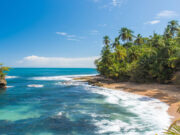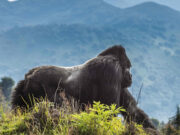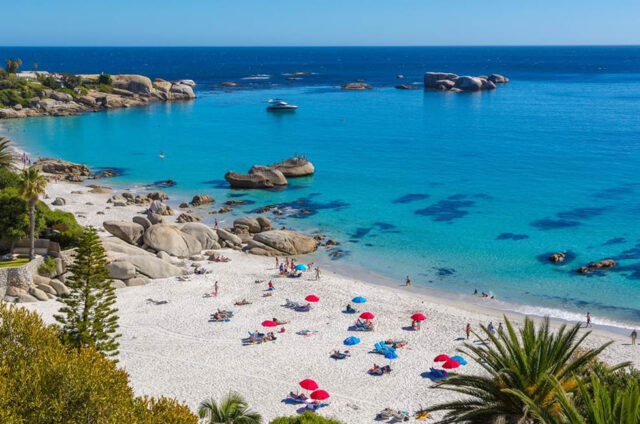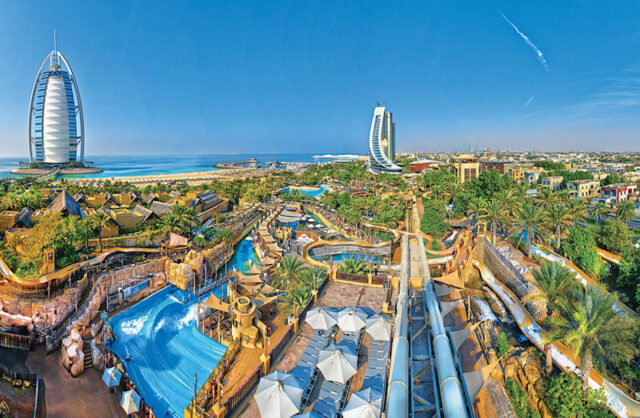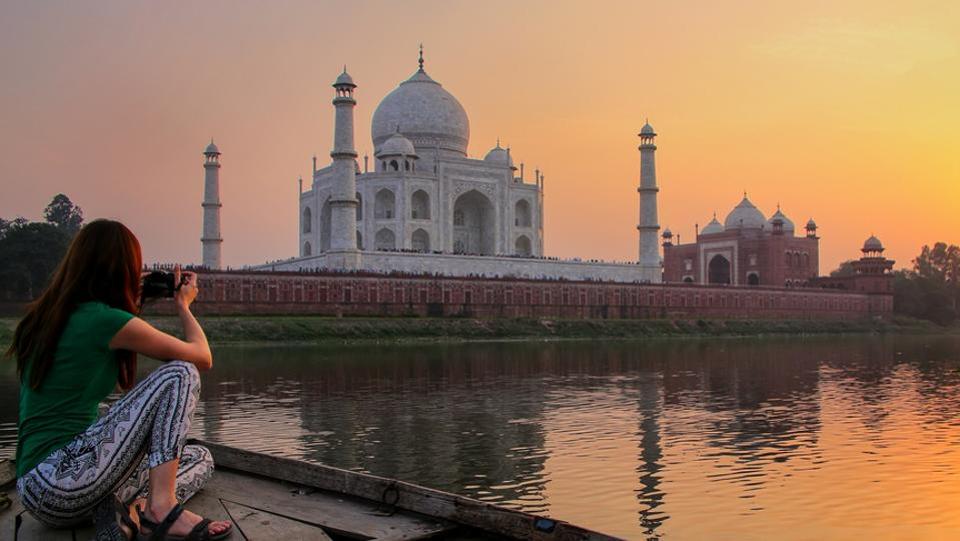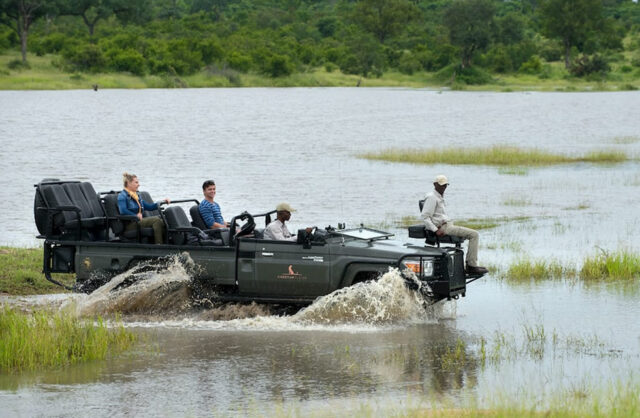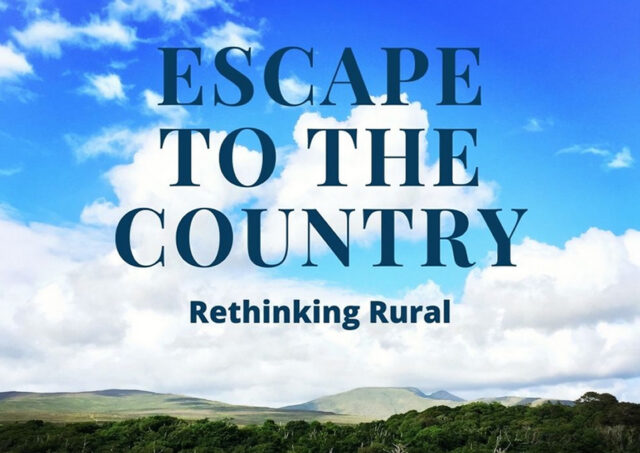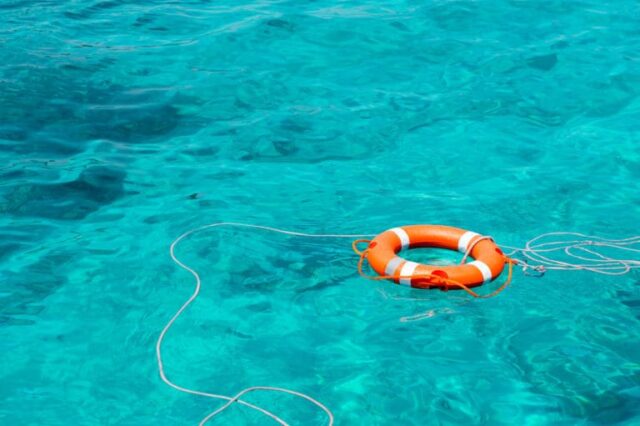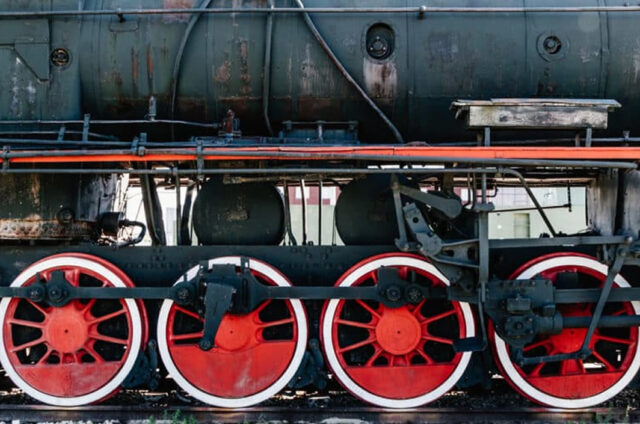Cities and Landmarks to Visit in Africa
1. Cape Town– South Africa- I feel South Africa has a lot of value and appeal for many people.
Europeans and Americans who are planning to go on a holiday to Africa at least once in their life should definitely visit South Africa. There are a number of mountains from which you can view some spectacular scenery, such as the Lion’s Head and Chapman Peak. I visited South Africa at a fairly young age and while some memories are vague there are some which are as vivid as ever. My personal highlight was the safari tour in which I got to ride an ostrich around a pen, in addition to viewing an eclectic mix of wildlife, including a small group of Elephants. Likewise, if you are into sport, South Africa has a significant amount of sport heritage and many UK based cricket and rugby fans visit the country and show their support for the England national teams when abroad. However, South Africa is known for crime so it is important to be precautions when you are around the city, especially in Johannesburg.
2. Victoria Falls-Zambia/Zimbabwe- While I haven’t personally had the pleasure of visiting this spectacular creation of nature, I have vicariously lived the moment through my friends retelling of the experience, “nothing like you’ve ever seen before,” well of course certainly not in North West of England. David Livingstone, the European explorers account of discovering this natural phenomenon does it slightly more justice, “scenes so lovely must have been gazed upon by angels in their flight.”The waterfall dwarfs Niagara Falls by a whopping 57 metres; yes it stands at 108 metres, which is over twice the size of Niagara. In the region it is known as Mosi-oa-Tunya (The Smoke that Thunders). While it technically isn’t the tallest or widest waterfall, these combined dimensions have led to it being dubbed as the worlds ‘largest’ waterfall. There is even a pool that forms near the edge of the falls, and tourists often go swimming in the “Devils Pool”, albeit ultimate precaution must be taken.
3. Cairo- Egypt-Another historic city with amazing scenery and its desert complexion is completely different from the lush greens of the vast jungles and deltas that dominate other parts of Africa. It is one of the world’s most populous cities, which speaks volumes when you consider the highly dense populations of Asia. In line with the rest of Africa, it has a sweltering temperature which peaks in the summer months of June, July and August and similar to other parts of Africa it receives very little rainfall. It is home to the famous landmark “The Sphinx,” which was apparently built under the direction of the ruler Chepren. If you visit the Citadel you will be able to visit the Alabaster mosque of Mohamed Ali and also be the recipient of one of the best views of the city.Egypt’s history is intriguing and in terms of the architecture and the different developments it went through under the guidance of different leaders, and it is all illustrated fantastically by the Egyptian Museum. Last but not least, the Giza pyramids of Egypt are a must see, and lie seven miles to the SouthWest of the City. The Great Pyramid is one of the original Seven Wonders of the World.




